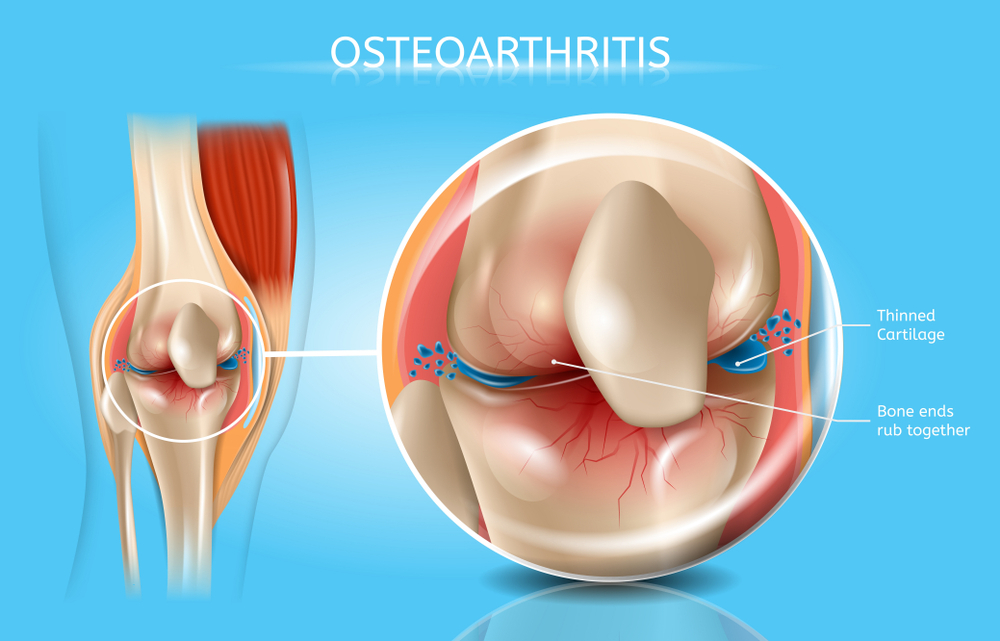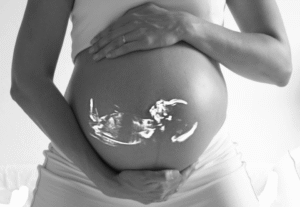- What exactly is osteoarthritis?
- Causes of Osteoarthritis
- Symptoms of osteoarthritis
- -The most common osteoarthritis symptoms are as follows:
- How Can You Tell If You Have Osteoarthritis?
- The following tests may be carried out:
- Osteoarthritis Treatment
- Treatments for osteoarthritis that are natural
- Other treatment alternatives include:
- Home remedies and a healthy way of life
- Preventing Osteoarthritis
- An Advice from Trainer
- Outlook
What exactly is osteoarthritis?
Osteoarthritis is the most common chronic (long-term) joint condition (OA).
A joint is made when two bones come together. These bones’ ends are protected by cartilage, a type of protective tissue. This cartilage wears away as a result of OA, causing the bones in the joint to rub together. There may be a pain, stiffness, and other symptoms as a result.
Although OA is most common in the elderly, it can affect adults of any age. OA is known by several names, including degenerative joint disease, degenerative arthritis, and wear-and-tear arthritis.
In the United States, OA is the leading cause of disability, affecting over 30 million men and women. Everything you need to know about OA is right here, from treatment to prevention.
Causes of Osteoarthritis
The primary cause of OA is joint damage. Age is a major cause of joint damage that leads to osteoarthritis because this damage accumulates over time. As you’ve gotten older, your joints have been subjected to more wear and tear.
Past injury, such as cartilage tears, dislocated joints, and ligament injuries, is another cause of joint damage.
Obesity, joint malformation, and poor posture are also among them. Family history and gender are two risk factors that increase your chances of developing osteoarthritis.
Symptoms of osteoarthritis
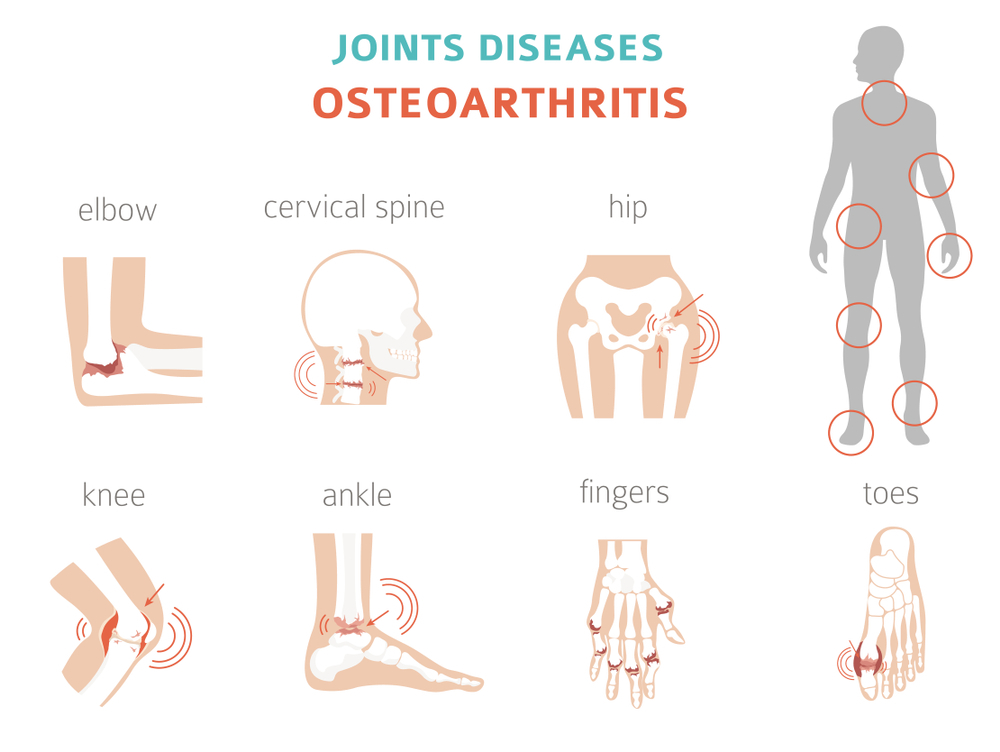
Any joint can be affected by OA.
However, the most commonly affected body parts are:
-hands, fingers, knees, hips, and also spine, most commonly at the neck or lower back
-The most common osteoarthritis symptoms are as follows:
Pain sensitivity (discomfort when pressing on the area with your fingers)
stiffness\inflammation
-OA can have the following effects on different parts of the body:
Hip pain can be felt in the groin or buttocks, as well as on the inside of the knee or thigh at times.
Knees: You may feel a “grating” or “scraping” sensation when moving your knee.
Fingers: Due to bone growths (spurs) at the edges of joints, fingers can become swollen, tender, and red. The base of the thumb may be painful.
Feet: The big toe is tender and sore. It is also possible to have swollen ankles or toes.
Cartilage may develop uneven edges and cracks as OA progresses. Moreover, as we age, our bones can harden, change shape, and become bumpy. Cartilage does not regenerate on its own when it deteriorates.
Risk Factors
The risk factors that increase one’s chances of developing OA:
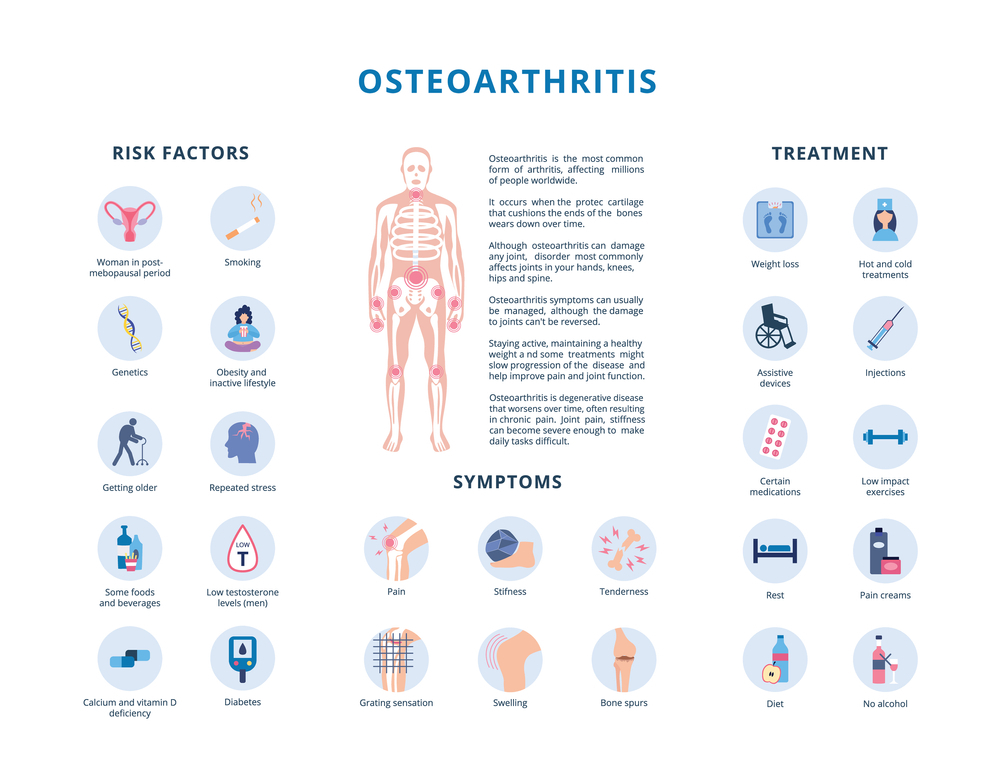
Sex:
Females are more likely than males to develop OA, especially after the age of 50.
While symptoms are more common in people over the age of 40, OA can develop in younger people as a result of an injury, particularly to the knee, or as a result of another joint condition.
Obesity:
Carrying too much weight puts strain on weight-bearing joints, increasing the risk of injury.
Occupation:
Jobs requiring repetitive movements in a specific joint are hazardous.
Genetic and hereditary factors:
It can also increase the risk in some people.
How Can You Tell If You Have Osteoarthritis?
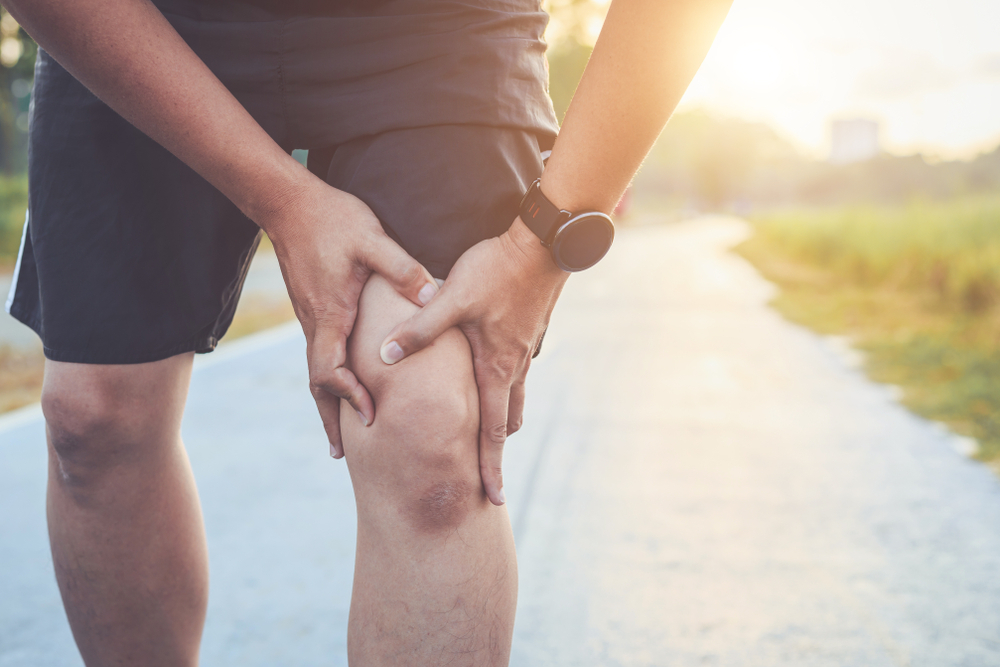
Osteoarthritis can be prevented from progressing to the end-stage if it is detected early and treated promptly.
The onset of pain is the first sign of osteoarthritis worsening.
You start moving, such as walking or running. For a brief moment, you experience pain or tension. The complaints then fade away. This is a warning sign or a red flag that you should not ignore. At this point, the joint skin has already been attacked and is easily inflamed.
Your doctor will be able to tell you whether your symptoms are caused by early-stage osteoarthritis or another disease.
A doctor will ask you about your symptoms and perform a physical examination.
Although there is no definitive test for OA, tests can reveal if damage has occurred and help rule out other causes.
The following tests may be carried out:
X-rays and magnetic resonance imaging (MRI):
These can reveal bone spurs around a joint or a narrowing within a joint, indicating deterioration of cartilage.
The joint fluid analysis will be performed using a sterile needle to extract fluid from an inflamed joint for analysis. Gout or bacterial infection can be ruled out as a result of this test.
Other conditions, such as rheumatoid arthritis, can be ruled out with blood tests.
Osteoarthritis Treatment
There are several types of OA medications available to help relieve pain and swelling. These are their names:
Oral analgesics are analgesics. Tylenol (acetaminophen) and other pain relievers relieve pain but not swelling.
Analgesics that are applied to the skin. These over-the-counter medications are available in creams, gels, and patches. They numb the joint area and relieve pain, especially in mild arthritis pain.
Nonsteroidal anti-inflammatory drugs (NSAIDs) are medications that are used to treat inflammation (nonsteroidal anti-inflammatory drugs). NSAIDs that reduce swelling include Advil (ibuprofen) and Aleve (naproxen).
Corticosteroids. These prescription medications are administered orally. They are also capable of being injected directly into a joint.
Your doctor may advise you to try over-the-counter remedies as the first line of defense.
Treatments for osteoarthritis that are natural
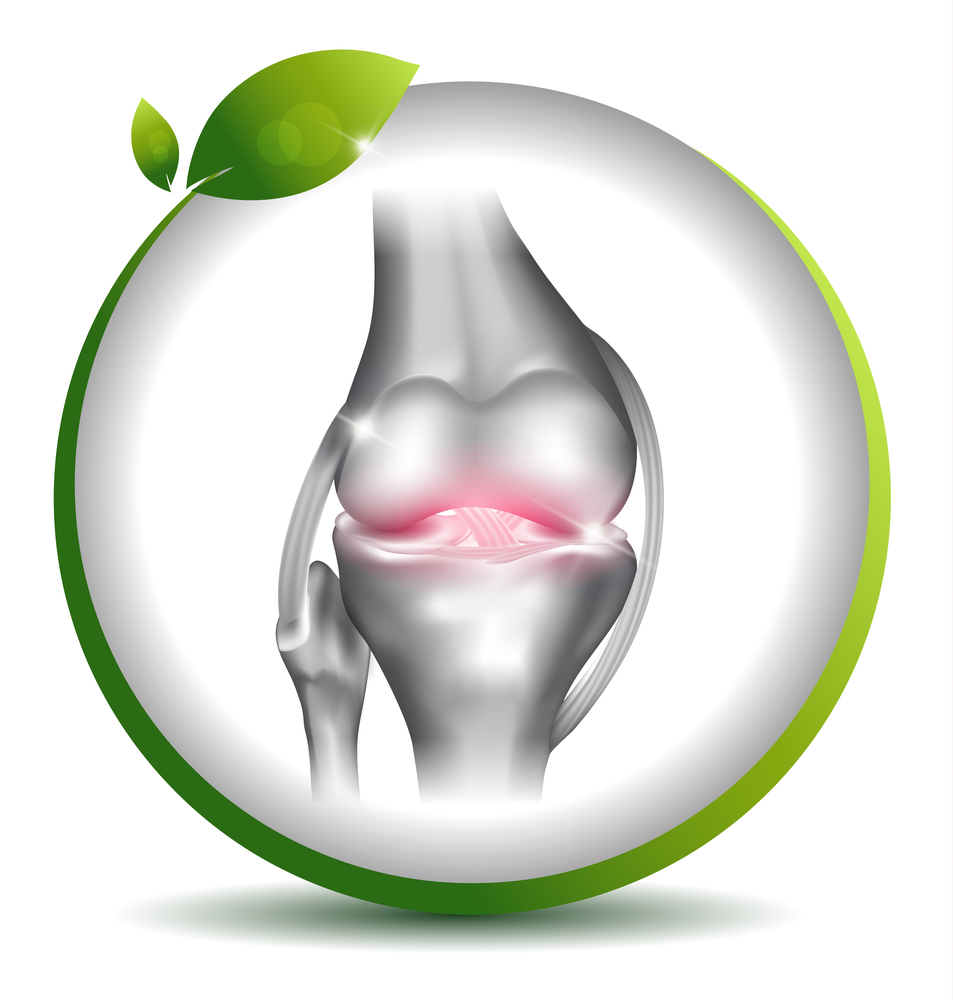
Alternative treatments and supplements may help to alleviate symptoms like inflammation and joint pain. Green tea is one supplement or herb that may be beneficial.
ginger
sardine oil
Other treatment alternatives include:
Acupuncture, physical therapy, and massage therapy are all forms of therapy that can be used.
Home remedies and a healthy way of life
Learn everything you can about your condition and how to manage it, especially how lifestyle changes can affect your symptoms. Exercising and losing weight if you are overweight are important ways to alleviate the joint pain and stiffness caused by osteoarthritis.
Exercise. Low-impact exercise can help you build endurance and strengthen the muscles around your joint, resulting in a more stable joint. Walking, biking and water aerobics are all viable options. However, if you experience new joint pain, stop.
Lose some weight.
Carrying extra weight strains your weight-bearing joints, such as your knees and hips. Even a small amount of weight loss can thus help relieve stress and lower blood pressure.
Preventing Osteoarthritis
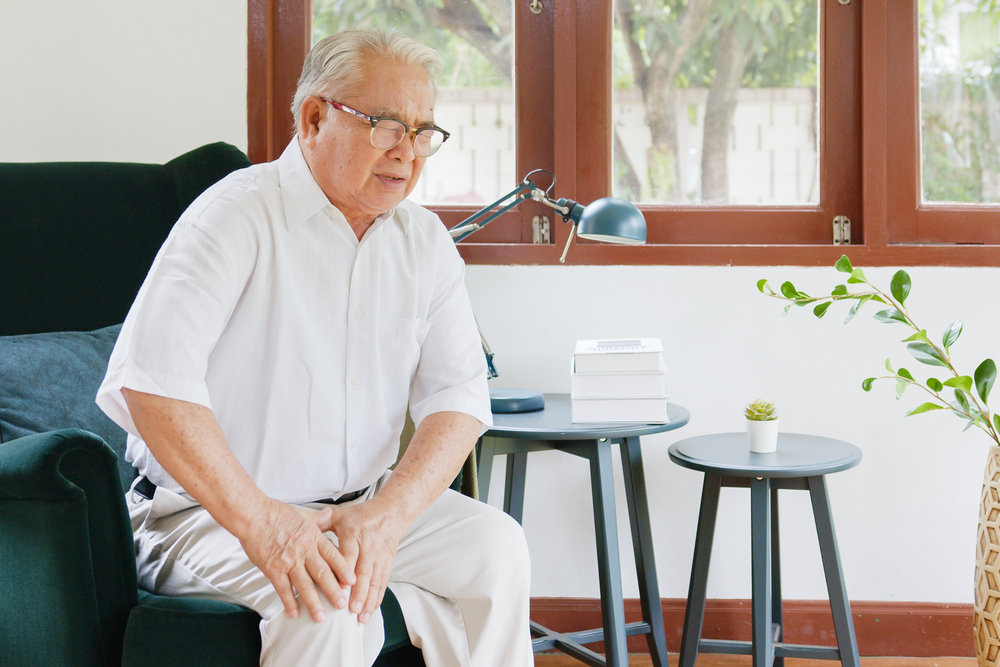
Factors beyond your control, such as heredity, age, and gender, may predispose you to OA. Other risk factors, on the other hand, are manageable and can help lower your risk of OA.
The following pointers can help you manage risk factors that are under your control:
Take good care of yourself. You must take care of your body if you are an athlete or a regular exerciser. Moreover, wear knee braces and shoes that absorb impact on your knees. Also, try to vary your sports so that all of your muscles get a workout rather than just the same ones.
Maintain a close eye on your weight. Have a body mass index (BMI) that is appropriate for your height and gender.
Maintain a nutritious diet.
Consume a wide range of healthy foods, with a focus on fresh vegetables and fruits.
Get a lot of rest. Allow plenty of time for your body to rest and sleep.
If you have diabetes, controlling your blood sugar can also help you manage your risk of OA. Check to see what else you can do to lower your risk and help prevent OA.
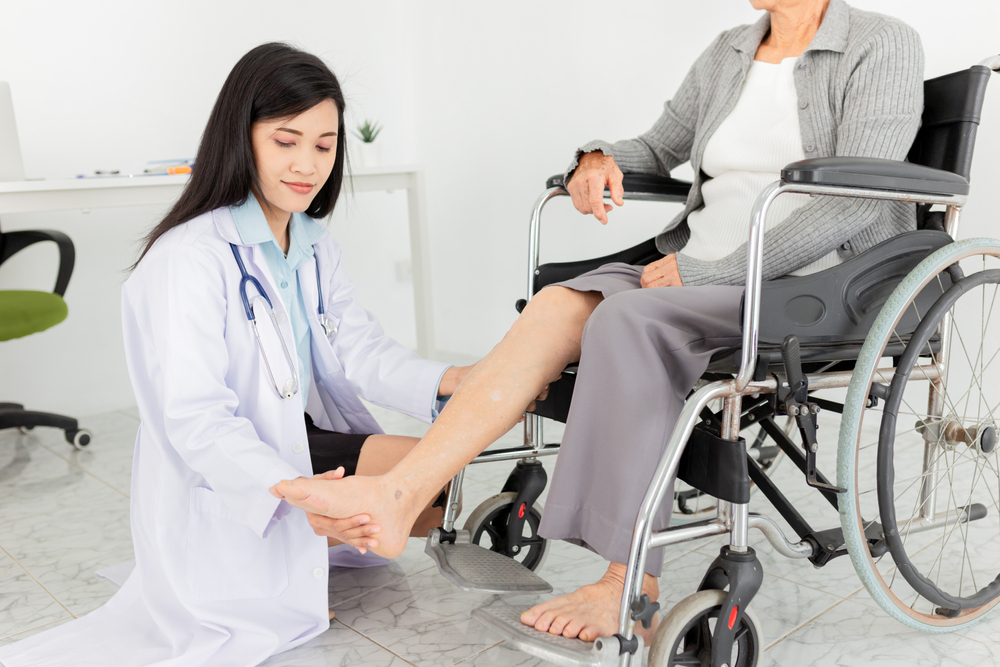
An Advice from Trainer
Try these exercises to help you strengthen your muscles, increase your range of motion, and also to support your painful arthritic joints.
All of the exercises can be done without using any additional weight.
As your strength increases, try increasing the intensity by adding a resistance band or ankle weight.
Stretching the knees
While lying down, lift your legs.
Squats with a stability ball against the wall
Outlook
OA is a common disease that results in joint degeneration, which causes pain and stiffness. It usually manifests itself in middle age or later.
At the moment, there is no cure, but researchers are working on ways to slow or reverse the damage. However, it is treatable with dietary changes and pain reliever medications.
Also Read: How Does Sleep Help to solve a problem – V Cure (vcurehealthcare.com)


